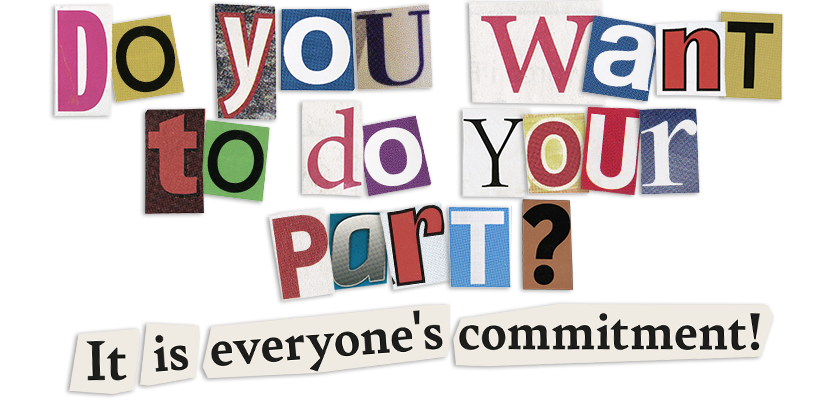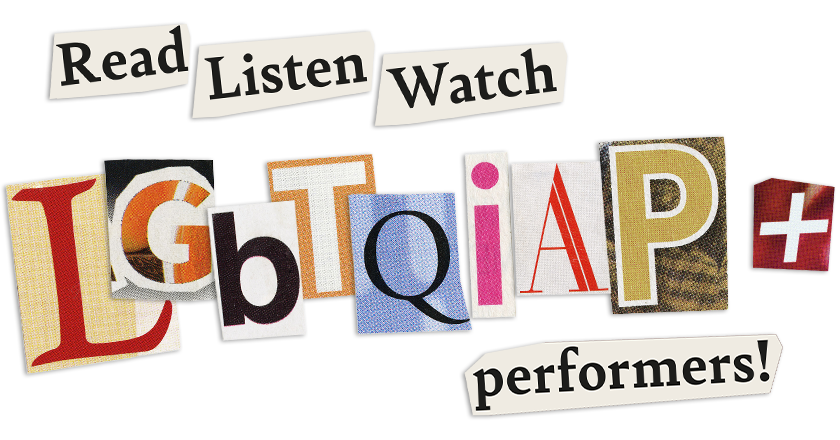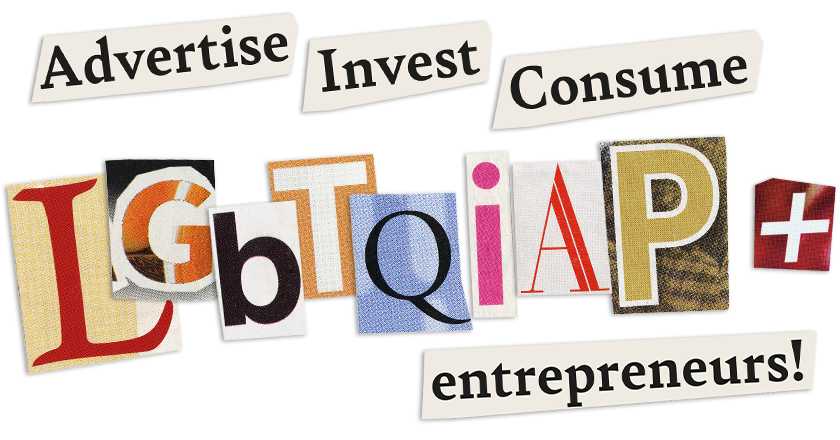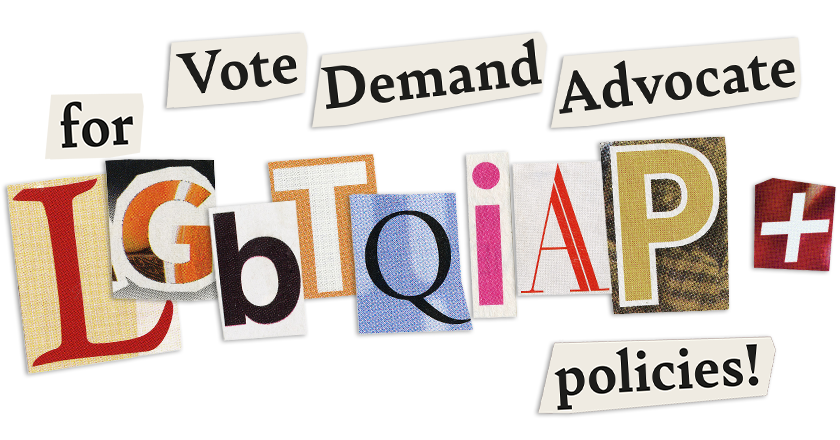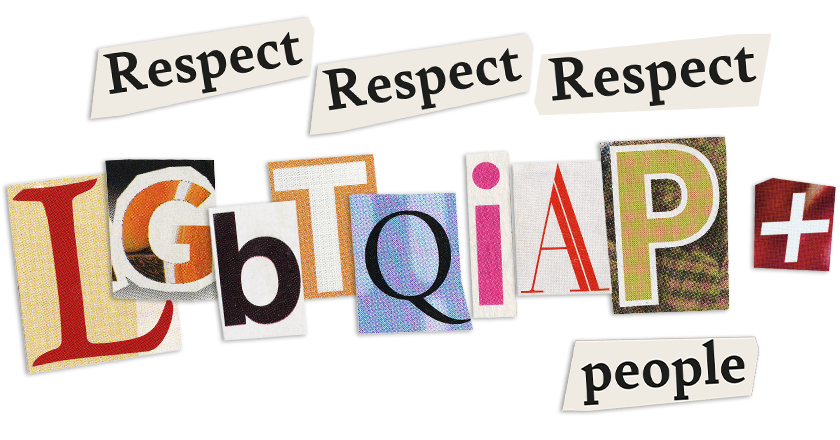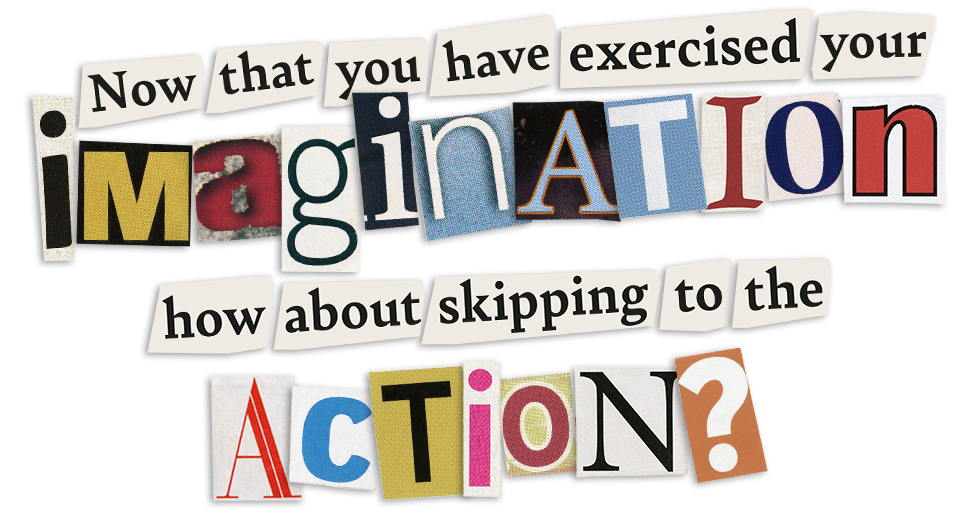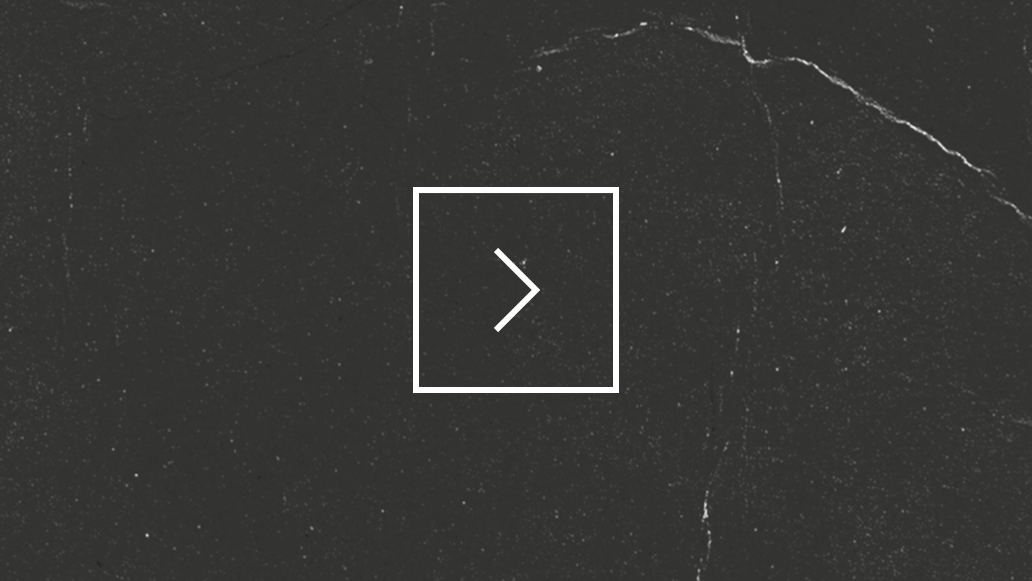The acronym LGBTQIAP+ itself is a practical example of the diversity it advocates. In it, the concepts of gender identity, sexual orientation, and biological sex are addressed – which are far from being the same thing.

Lesbians
They identify themselves as women and have relationships with other women

Gays
Identify themselves as men and have relationships with other men
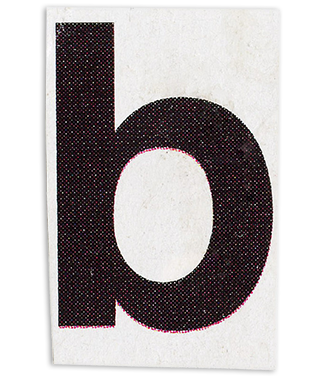
Bisexuals
They have relationships with both men and women/p>
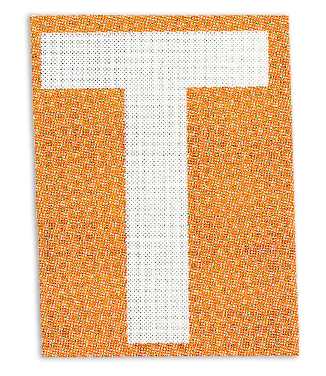
Transgenders
Do not identify with the gender (sexual organ) assigned at birth
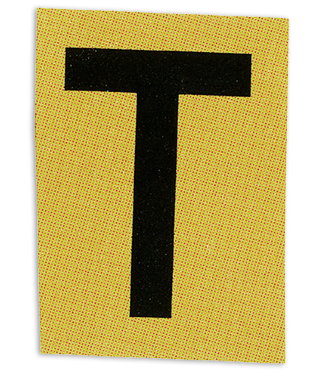
Transsexuals
They may or may not go through a social transition to conform to their gender identity (hormone treatments, surgeries, etc.)
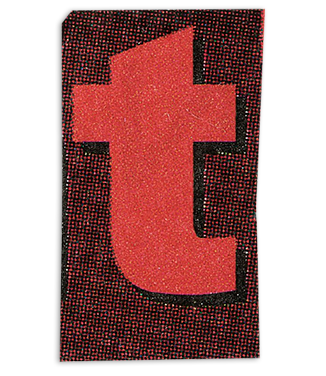
Transvestites
A male individual who wears clothes and expresses himself in a feminine way, but does not always want to change his characteristics
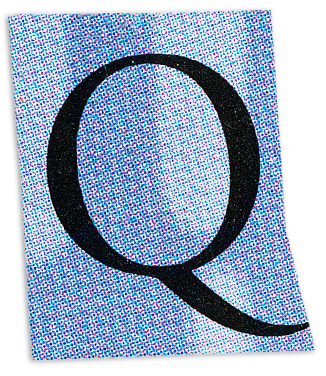
Queer
People who do not identify with standards and shift between genders
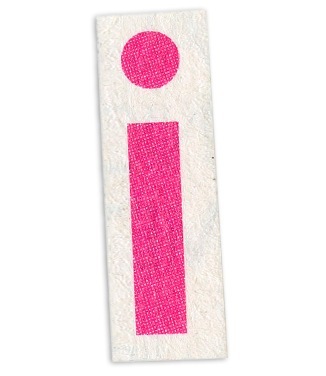
Intersexuals
Formerly called hermaphrodites, they present biological sexual characteristics that do not fit into those typically attributed to the female and male sexes
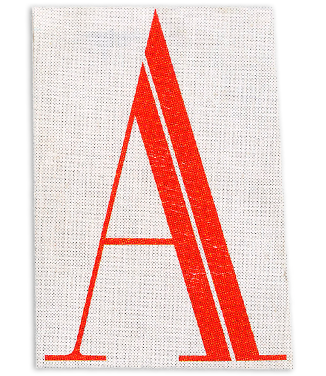
Asexuals
Have no or little sexual attraction to anyone

Pansexuals
They are not limited only to the female and male genders, but can be interested in all human beings


Gender Identity
It is the gender you identify with
Sexual Orientation
It’s who you are attracted to
Biological Gender
Genitals and chromosomes you were born with
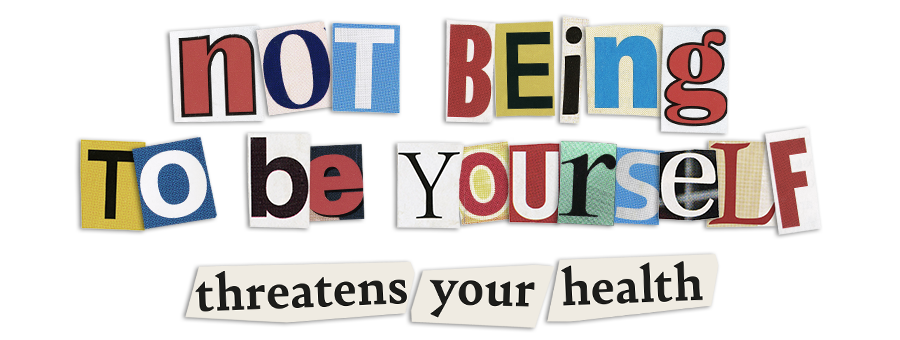

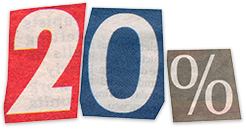

of LGBTQIAP+ people would not know where to have access to mental health and wellness support or advice.
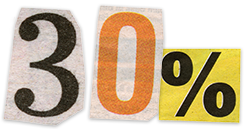

do not seek help when they experience depression.


have never attended sexual health centers.
Until 1990, homosexuality was considered a disease by the World Health Organization (WHO), which says a lot about the healthcare access of this population.
Previous negative experiences, lack of qualification by most professionals and, mainly, discrimination, result in the abandonment of treatment or the search for alternative solutions that are almost always illicit and risky.
Source: The Rainbow Project
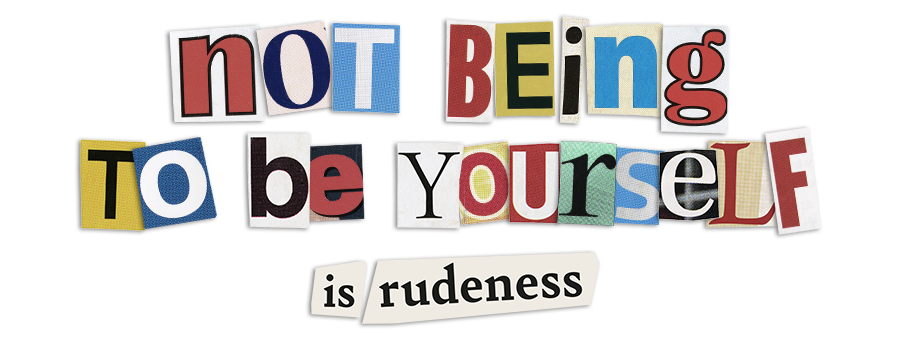

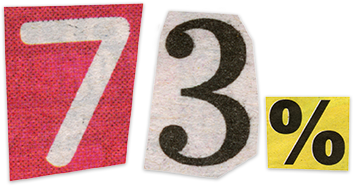

of LGBTQIAP+ students have experienced verbal assaults because of their sexual orientation.
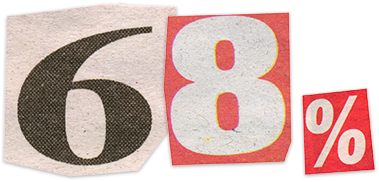

due to their
gender identity.
Whether through emotional violence, such as bullying, or physical violence, discrimination in the educational environment usually results in a drastic drop in the victim’s school performance, or worse, in dropping out of school.
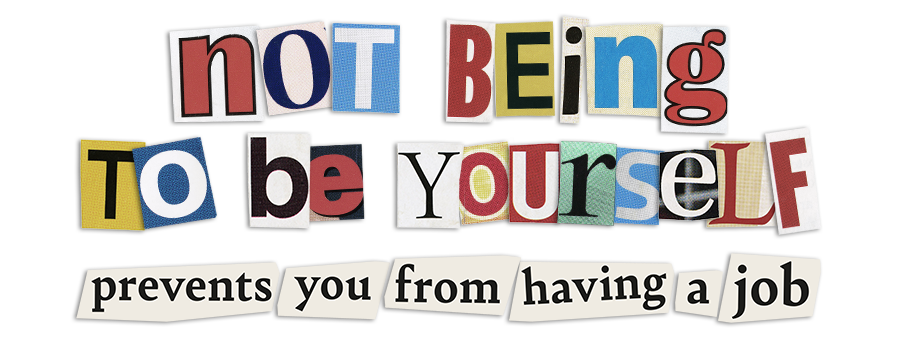

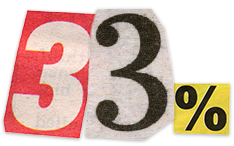

of Brazilian companies would not hire LGBTQIAP+ people for management positions.
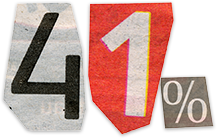

of this public claims to have already suffered some type of discrimination in the workplace.


gay and lesbian employees decide to hide their sexuality from managers and colleagues for fear of being fired.
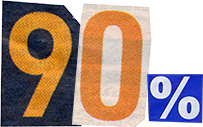

of transvestites prostitute themselves because they can’t get a job, despite having good qualifications.
There is nowhere to run: even in cases where the professional damage does not start way back – in the educational field – the difficulties reappear in the labor market, in the form of lack of opportunity, professional stagnation, violence, fear, and depression.
Source: Center for Talent Innovation
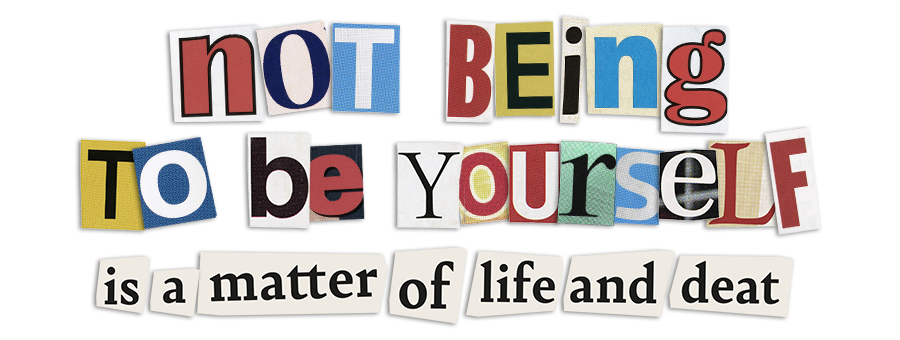



an LGBTQIAP+
person dies
as a victim
of prejudice
in Brazil.
It is common to hear that minorities just want to show off, be privileged, and have more rights than others. But it wasn’t until 2019 that the Supreme Federal Court ruled in favor of criminalizing LGBTphobia, legally equating it with racism, non-bailable and imprescriptible, with a penalty of one to three years in detention and a fine.
Being respectful and inclusive in no way impairs your life. Being prejudiced does affect other people’s lives. Have you ever stopped to think who is really concerned about privilege?
Source: Homotransphobia Kills
